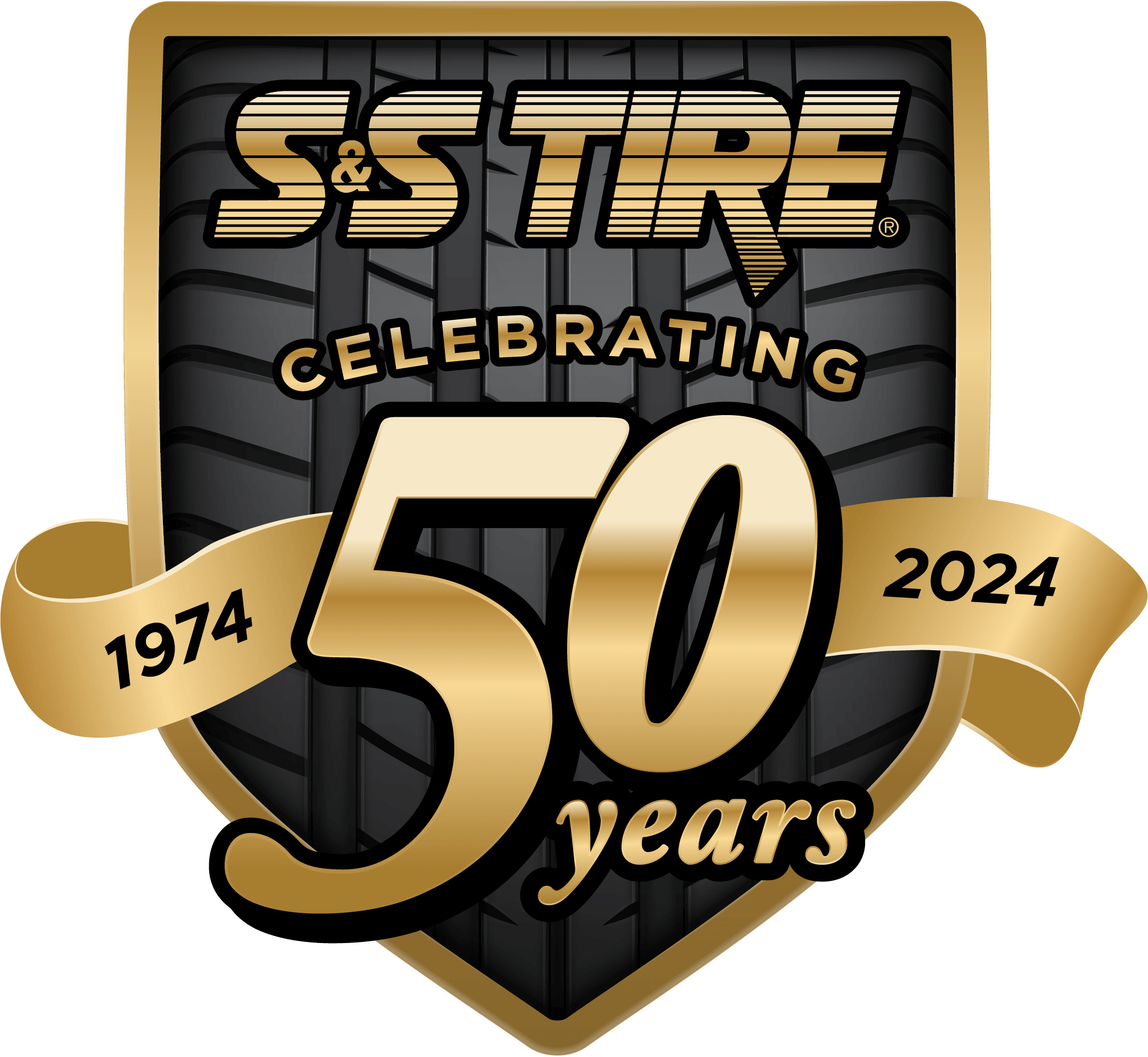Dear Tracy,
My dad always used to take care of my car maintenance, but now I am trying to do more on my own. One thing I am kind of confused about is tire pressure. I have heard that tire pressure is important, but I am not sure how to check it. When I look at my tires they do not look flat, so that means the pressure is okay, right?
-Elizabeth T.
Dear Elizabeth,
First of all, let us congratulate you on your decision to take responsibility for your own car! You are wise to educate and empower yourself. Not only will you not have to rely on someone else, you will be an informed consumer when you need to have your car serviced.
I am glad you asked about tire pressure. You are right, it is extremely important! Improperly inflated tires can lead to handling and traction problems, as well as premature tread wear and poor gas mileage. Just because tires look fine, that is not necessarily the case. By the time a tire looks under inflated tire pressure is extremely low, so you will want to catch it before it gets to that point. In order to check your tire pressure, here is what you will need to do:
- Look up the proper tire pressure for your car. You will find this information in your owner’s manual. You may see a tire pressure number on the actual tire, but that number is the maximum pressure. You should never inflate to the maximum pressure – go by the book instead.
- If you do not already have a digital tire gauge, you can pick up a decent one for as low as $10.00. Always keep it handy in your car so you can check your tire pressure regularly.
- Unscrew the valve cap (make sure you don’t lose track of it!) and press the tire gauge on the valve stem. You will probably notice a hissing sound when you first press down, but it stops once you press all the way down. Only a few seconds are needed to obtain an accurate reading. Make note of the reading and replace the valve cap. Do this for each tire.
If your tires need air, you can fill them with either a portable compressor, or you can use the air pump at your local gas station for a nominal fee. The process is similar to how you checked the pressure but instead of pressing the gauge to the valve stem, you’ll be pressing the fitting on the air hose to the stem. Check the pressure as you inflate until you reach the right pressure number. If your tires are over inflated, you can remove air from the tires with your gauge. Remember the hissing sound? When you hear it, let it go for a bit, then recheck the pressure. The more experienced you become with checking your tires, the better sense you will have for how long you need to inflate or deflate to get the right pressure.
One final note – it is best to check your tire pressure when the car and the temperature are cooler.
